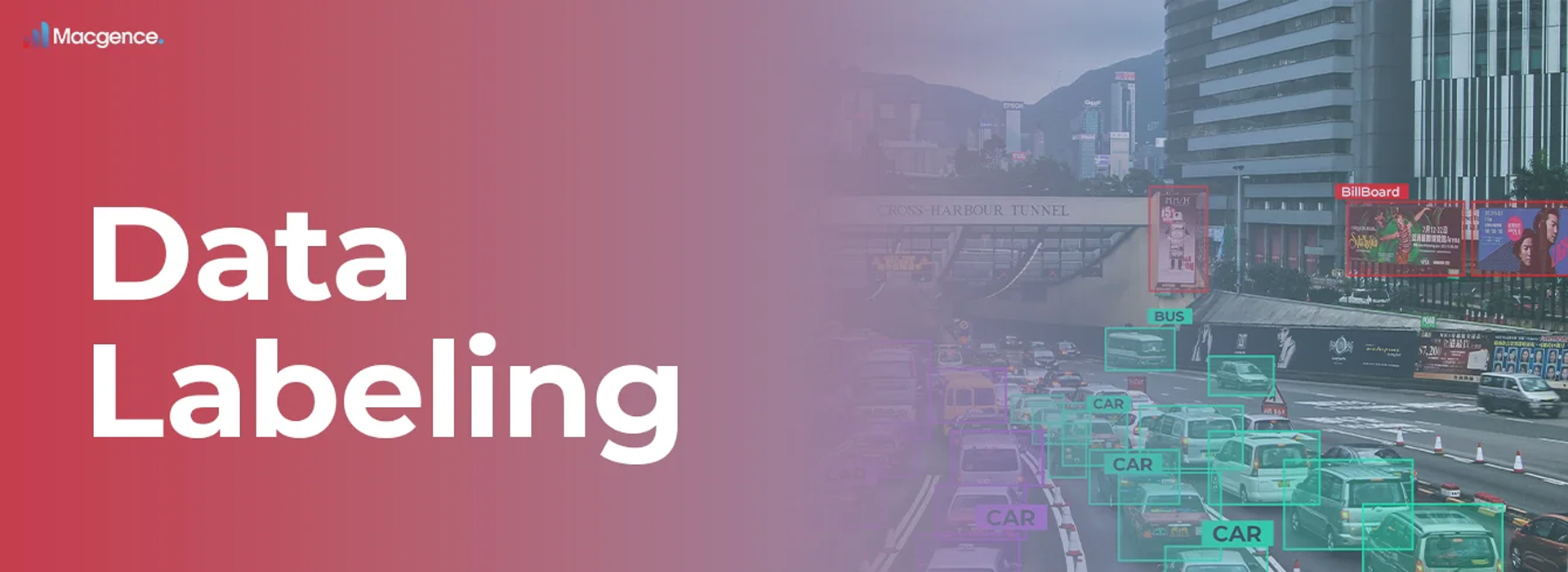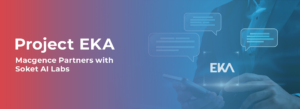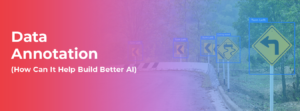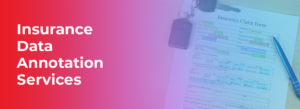Revolutionizing Road Image Analysis- The Power of Automated Data Labeling in Machine Learning
Machine learning and computer vision are two rapidly developing topics in the fast-paced world of technology, especially regarding road picture gathering and masking. This complex procedure is essential for many applications, such as improving autonomous car navigation systems and developing urban planning techniques. The key to these developments is Road Image Analysis and automated data labeling, a method that painstakingly annotates regions of interest inside photographs, significantly increasing the efficacy and accuracy of machine learning models. This procedure promises to improve our comprehension and involvement with complicated road surroundings by using sophisticated annotation techniques like semantic segmentation and the development of binary masks.
In this article, we’ll explore the subtleties of sophisticated road image gathering and masking, highlighted by the revolutionary effects of machine learning’s automatic data labeling. We will examine how these approaches significantly improve the quality and dependability of datasets for model training while streamlining the data annotation process. In addition, we will emphasize how versatile automated data labeling is for a wide range of machine-learning applications and how important it is to the larger area of machine vision.
Enhancing Road Image Collection via Data Labeling in Machine Learning
Deep Learning and Machine Learning have revolutionized how road image collection is processed, mainly through data labeling. Data labeling, a critical step in Machine Learning, involves assigning meaningful tags to raw data—images, in this case. This process enables Machine Learning algorithms to recognize patterns, enhancing road image collection accuracy.
But there’s a particular difficulty with road scenes because of their intricacy. Semantic segmentation and other sophisticated approaches are used to address this. A computer vision approach called semantic segmentation divides an image into segments, each representing an item or a portion of one. The Machine Learning model’s capacity to precisely comprehend and analyze road photos is greatly enhanced by this granular approach to data categorization.
Underlying Principles of Data Labeling in Machine Vision

At the heart of Machine Vision’s transformative impact on road image processing lies the intricate data labeling process. This pivotal step in Machine Learning involves the meticulous task of tagging raw data—specifically images—with meaningful identifiers. By doing so, Machine Learning algorithms gain the ability to discern patterns, thereby amplifying the precision of road image collection.
One of the sophisticated methods needed to manage the inherent complexity of road scenes is semantic segmentation, a vital Computer Vision technique. This technique segments an image into distinct pieces, each of which stands for an object or a component of an object. This careful data labeling procedure dramatically enhances the Machine Learning model’s capacity to interpret and evaluate road photo data.
Impact of Quality Data on Road Image Collection

High-quality data is essential to improving Road Image Collection’s effectiveness. It is fundamental to Deep Learning applications in machine vision, where precise labeling and high-quality data sets are important. These data sets, enhanced with crucial identifiers, enable Machine Learning algorithms to identify and comprehend intricate patterns, significantly improving the precision of road picture gathering.
Dealing with the intricate nature of road scenes calls for advanced techniques such as Semantic Segmentation, a crucial method in Computer Vision. This technique breaks down an image into separate segments, each signifying a distinct object or part of it. This granular approach to data labeling significantly boosts the Machine Learning model’s ability to analyze and interpret road images accurately, thereby elevating the overall performance of road image collection.
Advanced Techniques for Road Image Enhancement
Exploiting the potential of Deep Learning in Machine Vision necessitates the utilization of superior data. This data, characterized by precision and enriched with relevant identifiers, forms the bedrock of successful road image collection. It equips Machine Learning algorithms with the capability to decipher intricate patterns, thereby amplifying the precision of road image collection.
The intricacy of road sceneries necessitates using advanced methods like Semantic Segmentation, a crucial procedure in Computer Vision. With this technique, we divide a picture into discrete parts, each representing a distinct item or a section of it. By taking a thorough approach to data labeling, the Machine Learning model becomes more adept at correctly assessing and interpreting road photos, which increases the total road image-collecting efficiency.
Why choose Macgence?
Macgence’s advanced annotation tools, trusted by industry leaders, have revolutionized Road Imaging in Machine Learning. These tools, encompassing a broad range of technologies, offer a unique feature—enhanced accuracy. This advantage, backed by modern technology, ensures precise translation and interpretation services, thereby benefiting clients with reliable data for their Machine Learning needs.
With a focus on quality, Macgence’s annotation tools have evolved to meet the demands of complex road scenarios. These tools employ sophisticated techniques such as Semantic Segmentation, an essential aspect of Computer Vision. This approach to data annotation amplifies the benefit of accurate road image analysis, thereby improving the overall effectiveness of road image acquisition in Machine Learning.
Conclusion:
The intersection of computer vision and machine learning has revolutionized road image analysis and is essential to advancing autonomous vehicles and urban planning. This revolution centers on automated data labeling, which employs sophisticated annotation techniques like semantic segmentation to enhance the accuracy and consistency of machine learning models. This procedure shows the flexibility and vital role that automated labeling plays in improving machine vision by improving dataset quality and streamlining the once-tricky process of data annotation. The prospect of enhanced comprehension and communication with complex road conditions is becoming more accurate as we negotiate this changing terrain.
FAQs
Ans: – By delivering precise, annotated datasets, automated data labeling significantly improves the training of machine learning models by efficiently utilizing algorithms to recognize and tag data within images.
Ans: – Algorithms that can identify intricate patterns and objects, thanks to high-quality data further enhanced with precise annotations, consequently make accurate and dependable road picture analysis and interpretation possible.
Ans: – Algorithms that can identify intricate patterns and objects, thanks to high-quality data further enhanced with precise annotations, consequently make accurate and dependable road picture analysis and interpretation possible.
You Might Like
February 28, 2025
Project EKA – Driving the Future of AI in India
Spread the loveArtificial Intelligence (AI) has long been heralded as the driving force behind global technological revolutions. But what happens when AI isn’t tailored to the needs of its diverse users? Project EKA is answering that question in India. This groundbreaking initiative aims to redefine the AI landscape, bridging the gap between India’s cultural, linguistic, […]
March 7, 2025
What is Data Annotation? And How Can It Help Build Better AI?
Spread the loveIntroduction In the world of digitalised artificial intelligence (AI) and machine learning (ML), data is the core base of innovation. However, raw data alone is not sufficient to train accurate AI models. That’s why data annotation comes forward to resolve this. It is a fundamental process that helps machines to understand and interpret […]
March 6, 2025
Vertical AI Agents: Redefining Business Efficiency and Innovation
Spread the loveThe pace of industry activity is being altered by the evolution of AI technology. Its most recent advancement represents yet another level in Vertical AI systems. This is a cross discipline form of AI strategy that aims to improve automation in decision making and task optimization by heuristically solving all encompassing problems within […]
March 5, 2025
Use of Insurance Data Annotation Services for AI/ML Models
Spread the loveThe integration of artificial intelligence (AI) and machine learning (ML) is rapidly transforming the insurance industry. In order to build reliable AI/ML models, however, thorough data annotation is necessary. Insurance data annotation is a key step in enabling automated systems to read complex insurance documents, identify fraud, and optimize claim processing. If you […]


 Previous Blog
Previous Blog







